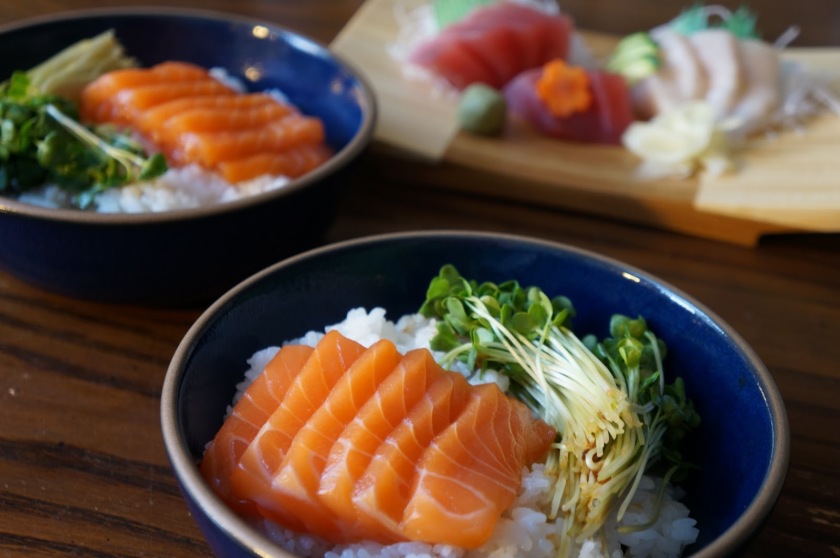Lobster Sandwich
This lobster sandwich is served on a toasted croissant and is flavored with diced cucumber, tarragon, lemon zest, poppy seeds, mayonnaise, and whole-grain mustard. The tarragon adds a bright herbal anise-like flavor which unexpectedly goes well with lobster. Poppy seeds and seafood are an unexpected combination that works so well that David Chang specifically mentioned this flavor pairing in his Momofuku cookbook. Lobster and butter are also another great combination — this sandwich gets its butteriness from the croissant. This isn’t a traditional Maine-style lobster roll–that’s what makes it unique. Source: Modified “Boiled Lobster” from “The Art of Simple Food” by Alice Waters. We used “Crab Sandwich” from “Tartine Bread” by Chad Robertson as our recipe for the lobster sandwiches, but we left out the chervil that the recipe suggested, since it isn’t available in our markets.






